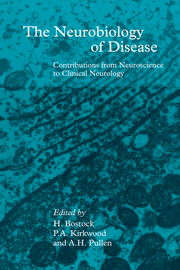Part II - Pain
Published online by Cambridge University Press: 04 August 2010
Summary
Pain is a frequent cause for people to seek medical advice. The need to have a secure understanding of the cellular basis of pain has resulted in extensive physiological, pharmacological and psychological research into its various aspects. Research, however, has often been hampered by the practical issues of identifying and recording signals in small-diameter nerves, and defining the relationship between nerve impulses recorded in animal preparations and the human experience of ‘pain’. The disparate nature of pain is reflected in the varied aspects of the work presented in this section. Pain can arise not only from mechanical injury and exogenously applied noxious substances, but can also be related to muscle activity (see chapter by Westgaard) and local inflammation (chapter by Iggo). The identity of peripheral afferents whose activities gives rise to pain, together with their pathologies, is extensively reviewed by Ochoa. However, these primary afferent fibres are only the first stage of the sensory pathway and other parts of the nervous system are involved in pain syndromes. As pointed out in the chapter by Willis, while acute pain is generally obvious and easy to treat, it also produces a longer-term legacy of abnormal sensation which is less readily identifiable. Willis argues that the existence of such long-term consequences suggests a possible mechanism in the spinal cord for ‘remembering’ pain.
- Type
- Chapter
- Information
- The Neurobiology of DiseaseContributions from Neuroscience to Clinical Neurology, pp. 149 - 150Publisher: Cambridge University PressPrint publication year: 1996

